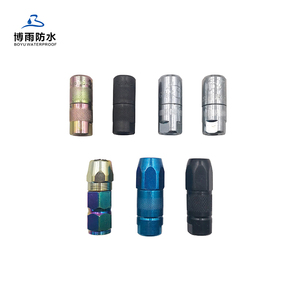-
 Retrouver dansMembres
Retrouver dansMembres Retrouver dansVidéos
Retrouver dansVidéos Retrouver dansChaînes
Retrouver dansChaînes
This website uses cookies to ensure you get the best experience on our website.
To learn more about our privacy policy Cliquez iciPréférence de confidentialité
- Mots clés - #waterproof
-
- Dernière mise à jour 12 janvier 2021 0 commentaire , 137 vues, 0 comme
More from boyu wang
More in Politics
Related Blogs
Necessity Found In The New Crop Of High-pressure Fuel Pumps
Corps
There are certain key components in modern diesel-powered pickup trucks, cars, and SUVs that make these vehicles what they are today. Turbochargers, for instance, are a given among passenger vehicles, as the painfully slow naturally aspirated diesels of the past are all but forgotten. Another necessity found in the new crop of diesel-powered rides is common-rail fuel injection, which is found in virtually every new road vehicle produced in the U.S. and Europe, as well as in most off-road platforms. We hear the term "common-rail" all the time, but what exactly is a common-rail, fuel-injection system?
Common Rail Injection System
Here is a simple view of how a common-rail injection system works. Instead of having one line from the High Pressure Injection Pump to each injector, high-pressure fuel is fed into a rail (inline engines) or rails ("V" engines), with a small line from the rails feeding each injector. From there, the injector itself along with the engine's ECU determines when and how much fuel is injected.
In the early days of direct injection, fuel was fed (at low pressure/5 to 20 psi) from a fuel pump (or lift pump) to an injection pump, which then ramped up the pressure to 15,000 to 25,000 psi, before flowing through separate lines, into the injectors and the engine. This immense amount of pressure is needed because modern diesels are direct-injection engines; that is, the fuel is injected separately from the air, instead of mixing with it before the combustion chamber. As soon as fuel leaves the nozzle of the injector, it starts burning and creating power.
While this is a good method of making a diesel engine run, there are pitfalls to this type of design. Early diesels are loud because they experience only one big injection event, and their fuel delivery lacks the precision needed for ever-tightening emissions regulations. So, what’s the solution? Common-rail injection.
With a common-rail injection system, high-pressure fuel is pumped through and stored in a rail that feeds many injectors at once, instead of through a Grease Nipple Coupler that directly feeds an injector. The actual injection events transpire with electronically controlled injectors, rather than simple poppet-style units. While this adds a lot of complexity to the injectors themselves, multiple injection events, variable timing, and precise control are now possible.










commentaires